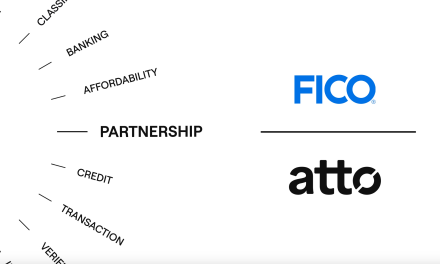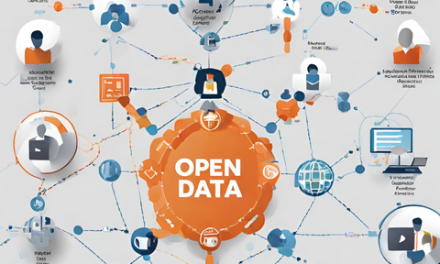Dun & Bradstreet announced the findings of a multi-national study on how responding finance and credit leaders are adopting automation in their departments and the challenges they face in implementing automation.
The informal study found that while 87% of respondents believe automation will improve the respective function’s efficiency in the next three years, most organizations are not leveraging automation to their fullest potential yet.
 “Dependable and comprehensive data is at the core of successful automation,” shared Andrew Hausman, General Manager of Dun & Bradstreet’s Finance Solutions. “When fueled by analytics and insight, automation can not only reduce operational costs and increase efficiency, but it can help open new avenues of growth across the business.”
“Dependable and comprehensive data is at the core of successful automation,” shared Andrew Hausman, General Manager of Dun & Bradstreet’s Finance Solutions. “When fueled by analytics and insight, automation can not only reduce operational costs and increase efficiency, but it can help open new avenues of growth across the business.”
Eighty-three percent (83%) of respondents are currently utilizing some form of automation within their team processes and believe it is improving their function’s efficiency by giving employees more time for value-added tasks. However, most companies are not automating their processes to full potential, with 62% of surveyed companies sharing that they are automating less than a quarter of their processes. Billing (43%), credit scoring (36%), reporting (30%) and collections (30%) are listed as the top processes currently being automated in the finance function today.
The report’s key findings also include:
Reliable Data & Integration are Essential
Reliable data is the top success factor of automation efforts, with over 67% of respondents citing this as a top need. Integration with other systems (58%) and time (47%) were also listed as top success factors. The key components currently included in automatic workflows are systems integration (42%), scoring (36%) and use of a customer/supplier master file (29%).
Operational Efficiency is a Key Driver
Improved speed of processes is the top force driving the need to automate, according to 68% of respondents. This is followed by cost savings (55%).
Vast Potential Remains within Automation Efforts in Finance
The biggest barriers to automation are integrating multiple systems/tools (32%) funding/budget (26%) and managing disparate data (15%).
Download the study here and follow us on Twitter at @DunBradstreet.
Study Methodology
In May 2019, Dun & Bradstreet collected approximately 250 responses via an online survey about automation trends from multi-national finance and credit leaders. Response sources included credit management institutions such as the Credit Research Foundation, the Chartered Institute of Credit Management, and from attendees of the National Association of Credit Managers Congress in![]() May 2019, as well as Dun & Bradstreet’s own customers.
May 2019, as well as Dun & Bradstreet’s own customers.
Source: Dun & Bradstreet

























